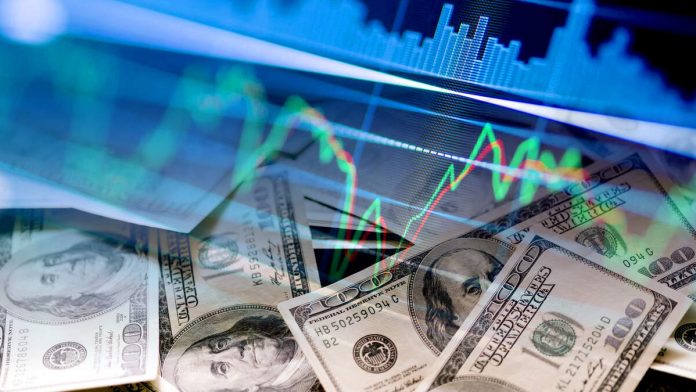Inflation in the United States eased in August, dropping to its lowest level in over three years, according to data released by the Bureau of Labor Statistics. This decrease has solidified expectations that the Federal Reserve will cut interest rates next week for the first time since the early days of the pandemic.
Prices climbed 2.5% in the 12 months ending in August, a significant improvement from the 2.9 percent increase recorded in July. This was partly due to falling gas prices. On a monthly basis, prices rose by 0.2 percent. Housing costs accounted for more than 70 percent of the overall year-on-year increase.
Despite the cooling of price increases and growing concerns about the job market, the central bank is expected to announce a long-awaited rate cut next week. A drop in energy prices, with the energy index falling 0.8 percent, helped nudge overall inflation in a cooler direction. Gas prices were down 10.3 percent compared to last year. Indexes for used cars and trucks, household furnishings, and medical care also showed improvement.
The Federal Reserve’s interest rate decisions tend to affect inflation more than any factors the president has direct control over. Lower interest rates would likely improve people’s confidence in the economy, providing relief on mortgage costs, car loans, and other kinds of investments. The stock market would also likely celebrate lower rates.
According to ABC News, Fed leaders will decide between cutting rates by a more typical quarter-point or a stronger half-point next week. They will also probably cut rates later in the year and into 2025. However, if policymakers feel they need to issue a more forceful signal at the get-go, they’ll opt for a larger cut sooner.

Recent Comments